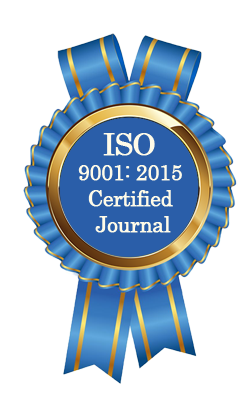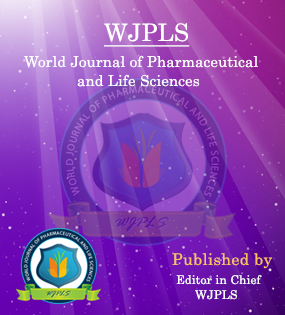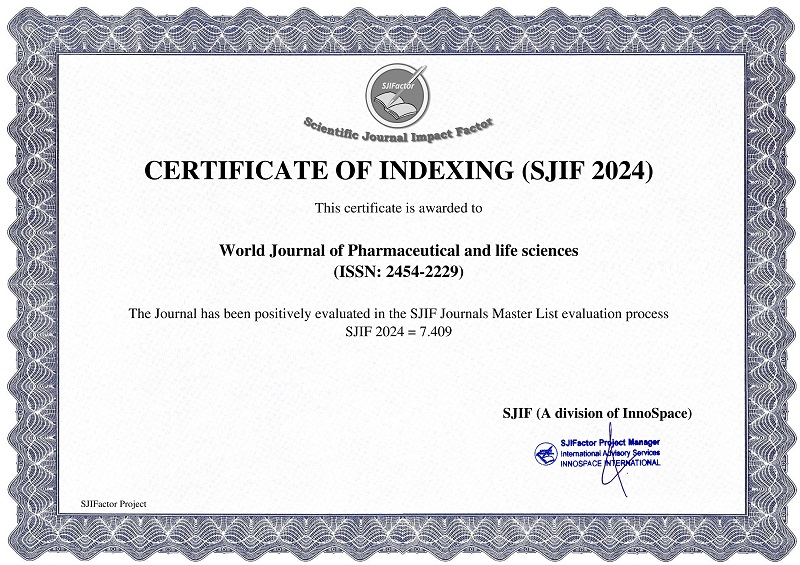Abstract
GCMSD ALS ANALYSIS OF BIOACTIVE COMPOUNDS IN FERMENTED SAUERKRAUT
Bhosale Sarika* and Sapre Vaijayanti
ABSTRACT
Background: The presence of diverse secondary metabolites (phytochemicals) has been reported from plants of the genus Brassica. The researchers found that the process of lactic acid fermentation of sauerkraut with raw cabbage (Brassica oleracea (var.capitata)) produces glucosinolates (GLS) and isothiocyanates, two major groups of phytochemicals. These compounds that stimulate phase 2 detoxication enzymes improve antioxidant status and protect animals against chemically induced cancers. Natural occurrences of some phytochemicals in sauerkraut also described to exhibit antidiarrheal, bactericidal, fungistatic, fungicidal and pesticidal actions to plants and animals. Objective: This study was designed to determine the bioactive phytochemicals from crude extracts of sauerkraut by using GCMSD ALS (Gas Chromatographic Mass Spectrometry Detector Automatic Liquid Sampler) method. Materials and Methods: GC-MS analysis of the whole fermented sauerkraut was done using gas chromatography-mass spectrometry -Acquisition SW Version Mass Hunter GC/MS Acquisition B.07.06.2704 analyzer. Results: This investigation was carried out to determine the possible bioactive chemical compounds from fermented sauerkraut by GCMSD ALS method. Twenty three different volatile aldehydes, ketones, furans, acids, alcohols, esters, branched chain amino acid derivatives, phenylalanine, sulphides, pyrazines and other compounds were discovered in the crude extract samples of sauerkraut. This analysis revealed that the crude extract of sauerkraut contain some bio active compounds like ; S-Methyl methanethiosulfonate, Propionic acid, 2-oxo-, methyl ester, Acetic acid, 4H-Pyran-4-one, 2,3-dihydro- 3,5-dihydroxy-6-methyl, 5-ethenyl-2-methoxypyrazine, Benzene acetaldehyde , Disulfide dimethyl, Dimethyl trisulfide etc. The antimicrobial, anti-inflammatory, antiviral and antiproliferative properties of these derivatives have been reported in different studies. Propionic acid is used as a common preservative or stabilizer to avoid decomposition by microbial growth or by undesirable chemical changes in many of the animal and human foods. Conclusions: From the GC MS spectrum of sauerkraut sample, it is marked that most of the bioactive chemical compounds identified by GCMSD ALS method are documented as active agents in chemotherapy of different types of cancers. It is demonstrated that the sauerkraut – the fermentation probiotic product prepared from B. oleracea var. capitata contains different bioactive secondary metabolites like glucosinolates , isothiocyanates and flavonoids and possessed diverse antioxidant, antibacterial, antifungal, pesticidal and anticancer properties.
[Full Text Article] [Download Certificate]WJPLS CITATION 
| All | Since 2020 | |
| Citation | 590 | 424 |
| h-index | 12 | 10 |
| i10-index | 17 | 14 |
INDEXING
NEWS & UPDATION
BEST ARTICLE AWARDS
World Journal of Pharmaceutical and life sciences is giving Best Article Award in every Issue for Best Article and Issue Certificate of Appreciation to the Authors to promote research activity of scholar.
Best Article of current issue
Download Article : Click here





